The alchemy of turning simple sugar into a perfectly textured, flavorful lollipop begins long before the candy ever touches your tongue. In artisanal and industrial confectionery alike, master candy-makers devote meticulous attention to each stage of the process—temperature control, ingredient balance, and timing—to guarantee that every lollipop emerges with the signature snap, smooth mouthfeel, and vibrant taste that we crave. Below is a journey through the key steps that lock in that ideal texture and flavor, all rendered in vivid, original English.
1. Selecting and Measuring Ingredients
Crystalline Sugar and Invert Syrup
Every classic lollipop starts with a foundation of granulated sugar. However, pure sucrose is prone to recrystallization (tiny sugar crystals forming, which would make the candy grainy). To prevent this, candy-makers often blend in an invert sugar (a mixture of glucose and fructose) or a liquid sweetener such as corn syrup. By partially inverting the sucrose molecules—adding a small amount of acid (like citric acid) or employing pre-made invert sugar—the final candy stays glassy and clear, with a silky, non-gritty texture.
Water and Humectants
Water is used to dissolve the sugar and allow an even boil. Once the mixture reaches a certain concentration, water evaporates, and the remaining syrup becomes supersaturated. Some recipes may also include glycerin or other humectants to help retain moisture at the surface, warding off stickiness during storage.
Flavorings, Acids, and Colorings
Flavor oils (peppermint, cherry, bubblegum, etc.) and food-grade colorants are chosen carefully for purity and potency. Citric or malic acid may be added to provide a bright, tangy counterpoint—especially for fruit-flavored lollipops. These acidulants also play a secondary role in controlling crystallization.
2. The Crucial Cook: Attaining the Hard-Crack Stage
Dissolution and Initial Heating
The sugar, water, and corn syrup (or invert sugar) are combined in a stainless-steel pot or, in larger factories, a jacketed kettle that allows precise temperature control. Over medium heat, the sugar dissolves completely into the water, forming a clear syrup.
Monitoring Temperature
Candy-makers rely on a high-precision candy thermometer or, in industrial settings, electronic temperature probes. The target is the hard-crack stage, typically between 300°F and 310°F (149°C–154°C). At this point, nearly all water has boiled away, and the remaining sugar mixture is so concentrated it will solidify into a glass-like, brittle substance once cooled.
Visual Cues and Color
Beyond mere temperature, skilled artisans also watch the syrup’s color. A pale straw hue indicates a clean, undeveloped sugar flavor—perfect for clear or fruit-flavored lollipops—whereas a touch of deeper amber could hint at a more caramelized note, often desired in butterscotch or root beer variants. However, most modern factories keep the syrup very light in color to allow the added food coloring to shine.
3. Rapid Cooling and Flavor Addition
Quenching the Syrup
As soon as the mixture hits the hard-crack temperature, it must cool just enough before flavoring. If you pour piping-hot sugar syrup directly into flavoring oils, the delicate volatile compounds can vaporize—leading to muted taste. Conversely, cooling too far makes the syrup too viscous, causing uneven mixing.
Timing Is Everything
The ideal window is usually when the syrup temperature has dropped to around 270°F–280°F (132°C–138°C). At this juncture, the viscosity is lower (still pourable) but cool enough to preserve the aromatic integrity of essential oils. Flavorings and acids are stirred in, followed immediately by any water-soluble or powdered colorants. Gentle, swift stirring ensures that every drop of syrup carries a consistent hue and punch of flavor.
Minimizing Air Incorporation
Candy-makers stir just enough to disperse flavors and colors uniformly, but avoid excessive whisking—trapped air could create tiny bubbles that mar the candy’s glassy finish, leading to a dull sheen or an inconsistent bite.
4. Molding or Dropping: Forming the Lollipop
Molds, Sticks, and Drop Mechanisms
In large-scale production, machines measured down the hot syrup into individual molds—often flexible silicone or metal trays shaped like classic round disks, hearts, or novelty figures. A wooden, plastic, or food-grade paper stick is inserted just as the syrup is about to set, ensuring it bonds firmly.
In boutique candy shops, the process can be more hands-on: molten syrup might be dropped by eye or lateral nozzles onto a marble slab or a non-stick sheet, and a stick is manually pressed into each drop. These “drop-style” lollipops tend to have an organically uneven edge—charming, but less uniform than molded candies.
Temperature Control of Forming Surfaces
The temperature of molds or work surfaces is usually cooled to around 70°F–80°F (21°C–27°C)—cool enough to set the candy rapidly but not so cold that it cracks from thermal shock. A gentle, even draft or circulating cool air hastens setting without stressing the sugar glass.
5. Controlled Crystallization and Texture Lock-In
Avoiding Undesired Crystals
Once in the mold, the candy must set without shaking or jostling. Any mechanical disturbance can trigger sugar molecules to crystallize prematurely. By keeping a calm, vibration-free environment—sometimes even in enclosed “dry rooms” with controlled humidity around 30–35%—manufacturers guarantee that the sugar matrix solidifies uniformly, yielding a transparent, non-granular texture.
Humidity and Storage
After unmolding, lollipops are air-cooled until they reach room temperature. They are then packaged in individual cellophane wrappers that are moisture-resistant. Lowering humidity in the wrapping area to around 30–40% prevents hygroscopic uptake of moisture. If the candy were exposed to a humid environment (>60% relative humidity), the surface would become tacky, the lollipop’s snap would weaken, and subtle flavor notes (especially acid-driven brightness) could be dulled.
6. Quality Control: Taste, Texture, and Appearance
Sampling for Texture
Experienced candy tasters (and now often aided by texture analyzers) periodically bite into test lollipops from every batch. They listen for that clean, sharp “snap” (no chewiness or premature crumbling), ensuring the candy reached—and stayed—at the proper hard-crack texture.
Flavor Profiling
In addition to bench tasting, high-end confections may be sent to sensory panels. Testers note the initial impact of sweetness, the mid-palate release of aromatic oils, and the residual mouthfeel (is it pleasantly lingering, or does it finish too abruptly?). Analytical labs can also quantify volatile aromatic compounds using gas chromatography to confirm that the exact percentages of flavor oils match the recipe specifications.
Visual Inspection
Under bright overhead lighting, quality inspectors watch for air bubbles, uneven coloration, or micro-cracks. Any lollipop with a dull spot, a stray flake of sugar crystallization, or an irregular shape is culled. Uniformity matters—after all, a lollipop’s transparency and sheen add to the sense of luxury and trust in the brand.
7. Packaging, Distribution, and Final Freshness Check
Sealed Wrappers and Oxygen Absorbers
Many premium lollipops are individually sealed in twist-wrap cellophane or metallized foil, sometimes with tiny oxygen-scavenging sachets if the manufacturer anticipates long shelf life. This preserves volatile flavors and keeps the candy from developing slight off-notes (staleness or discoloration) over time.
Batch Dating and Rotation
Labels often carry a “manufactured on” date. Retailers practice a first-in, first-out (FIFO) system, ensuring the freshest batch hits shelves. Rigorous manufacturers perform periodic shelf-life tests—sampling candies at one month, three months, and six months to monitor any textural changes. If sugar begins to absorb ambient humidity, or if flavor oils gently oxidize and turn slightly dull, that is noted as the product’s “best before” threshold.
Final Consumer Experience
When you unwrap that lollipop in your hand, the moment you feel its cool, glassy surface—you know that a cascade of careful processes ensured the candy is just right. A single bite yields that perfect, non-chalky crunch, as a burst of flavor radiates uniformly, free from any sharp, bitter undertones or mushy residues. The lingering sweetness is clear, untainted by graininess, inviting you to savor both the art and science of confectionery.
The journey from granulated sugar to the perfect lollipop involves a symphony of precise temperature control, clever ingredient chemistry (invert sugars and acidulants to thwart unwanted crystallization), and vigilant quality checks. From the moment the sugar-water blend begins its ascent to the hard-crack stage, through the precise timing of flavor and color additions, to the calm, low-humidity environment where each candy settles pristine, every step is choreographed to produce that iconic, satisfying snap and vibrant taste. In the world of sweets, the lollipop stands as a testament to how science and creativity can unite—transforming humble sugar into a jewel-like treat that delights palate and eye alike.


 ENG
ENG
 English
English 中文简体
中文简体 русский
русский Français
Français Español
Español عربى
عربى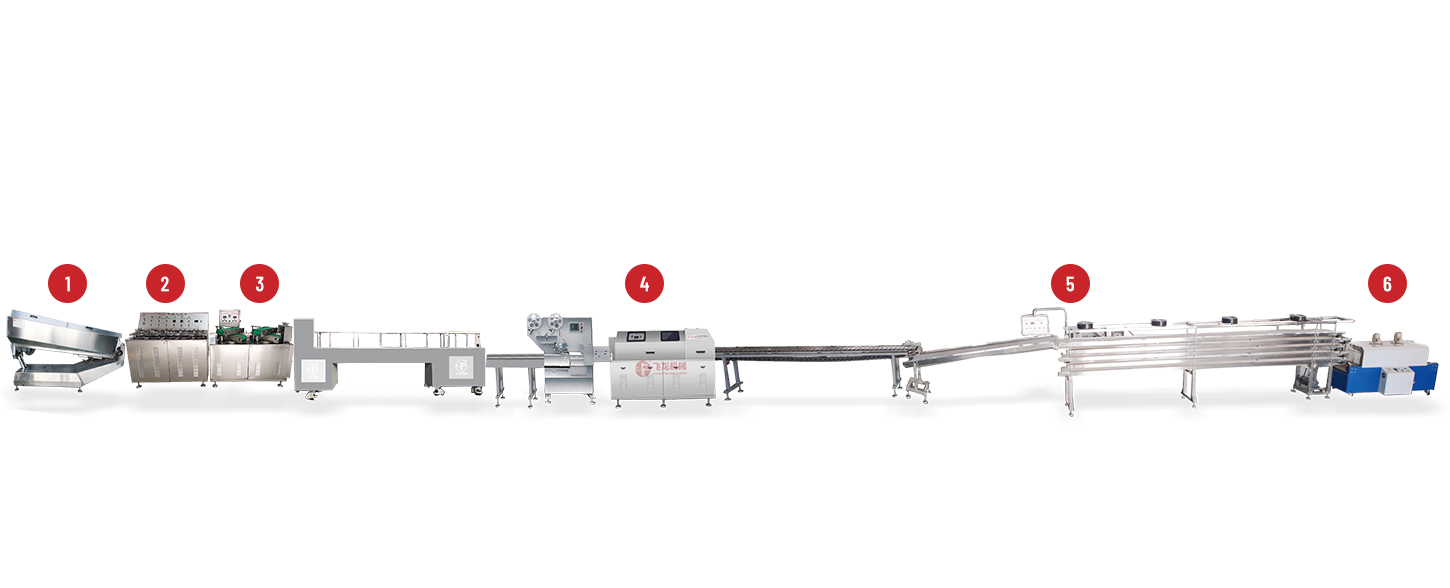
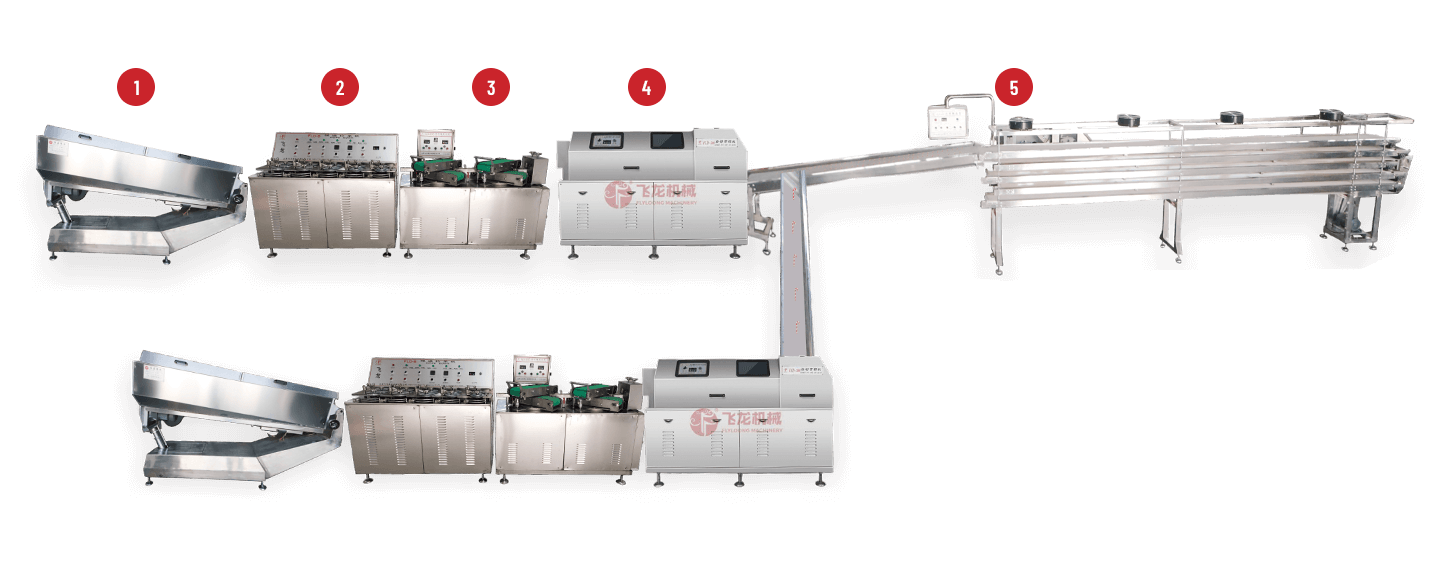
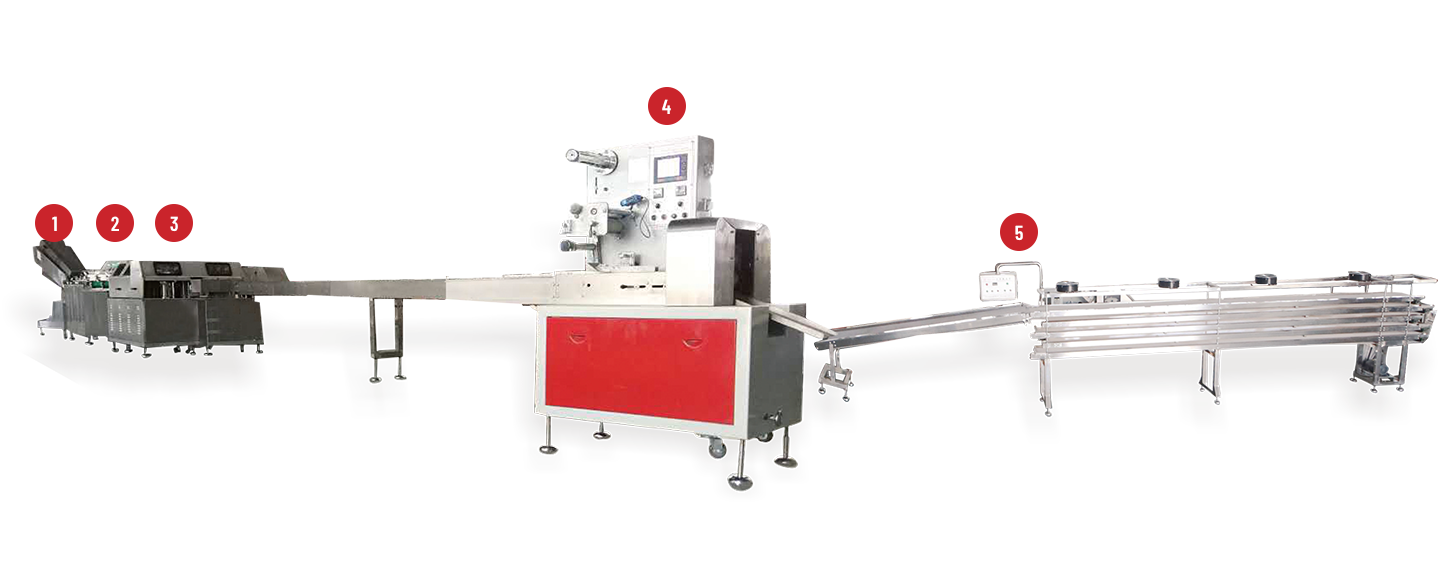
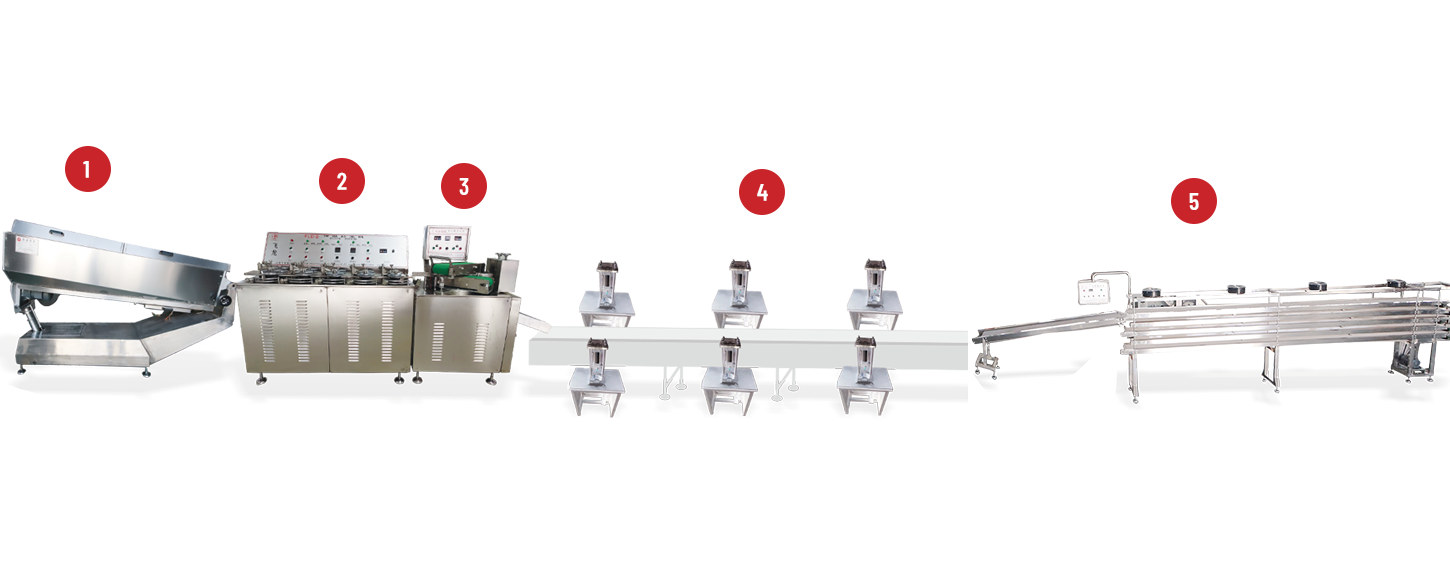
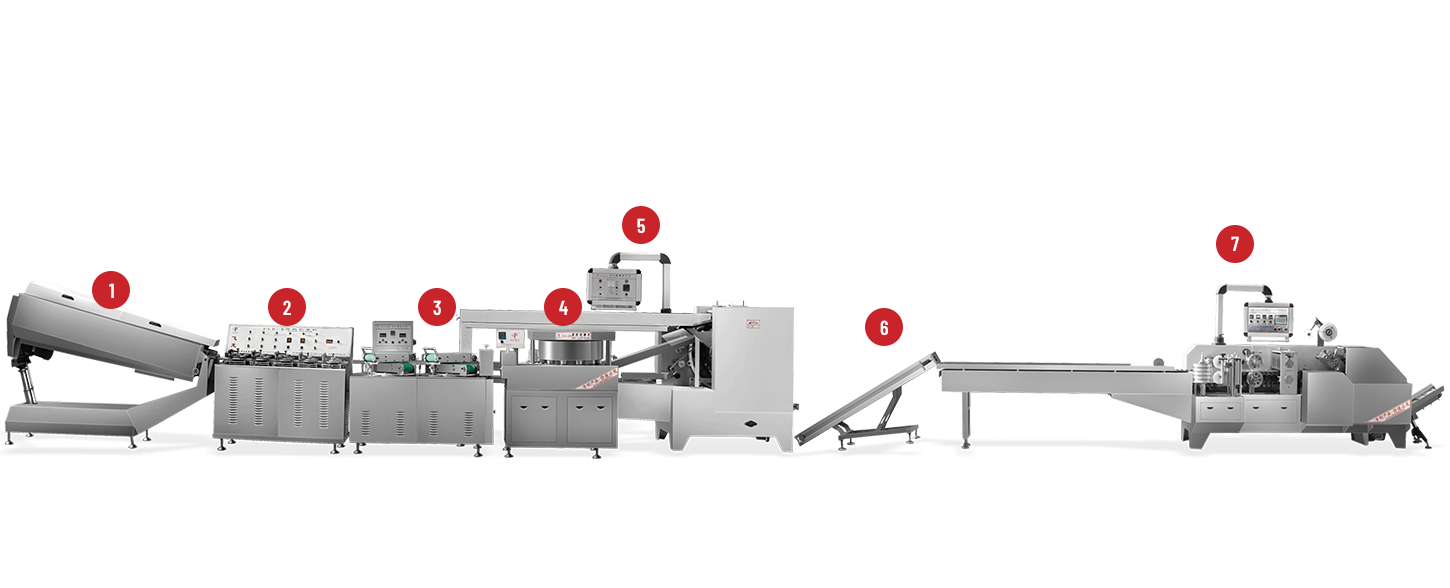
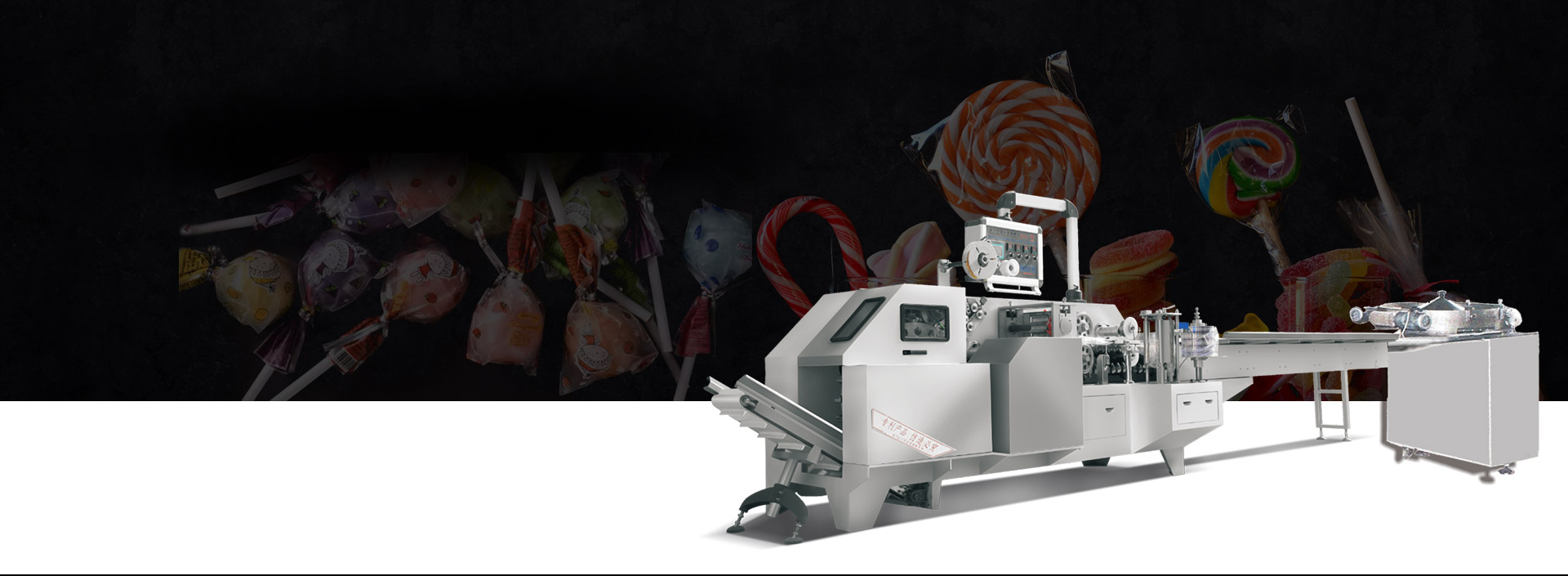
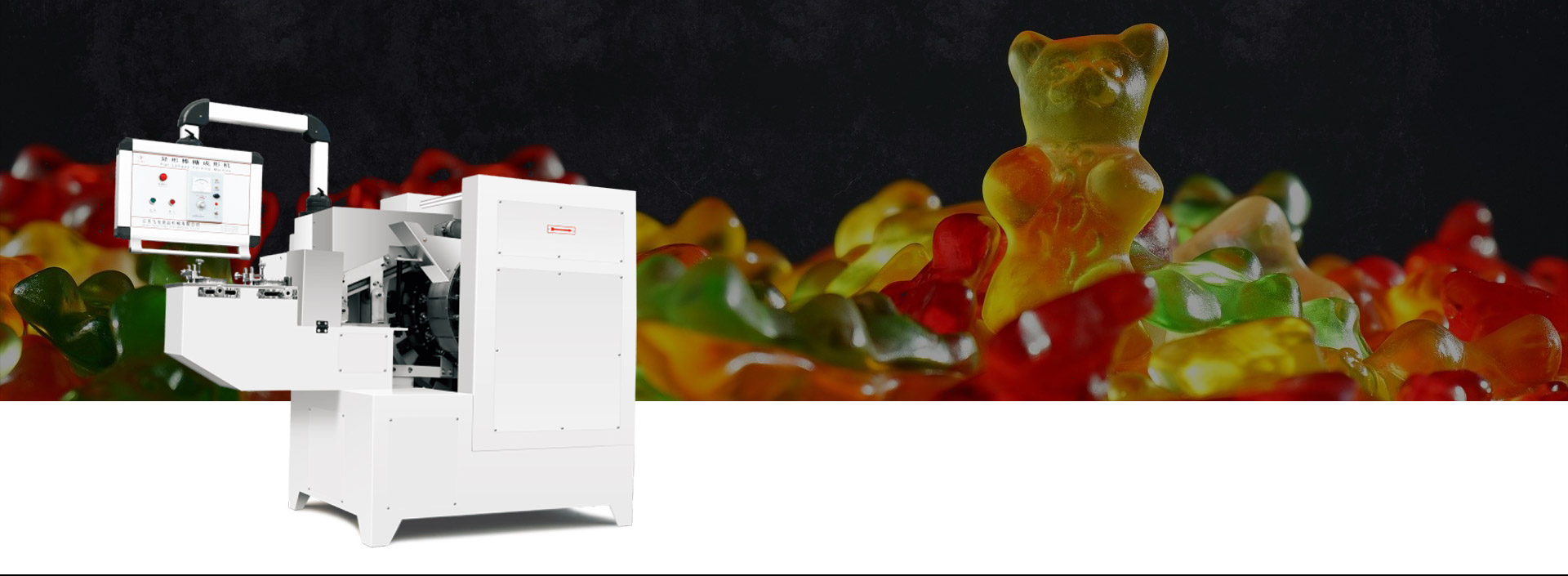
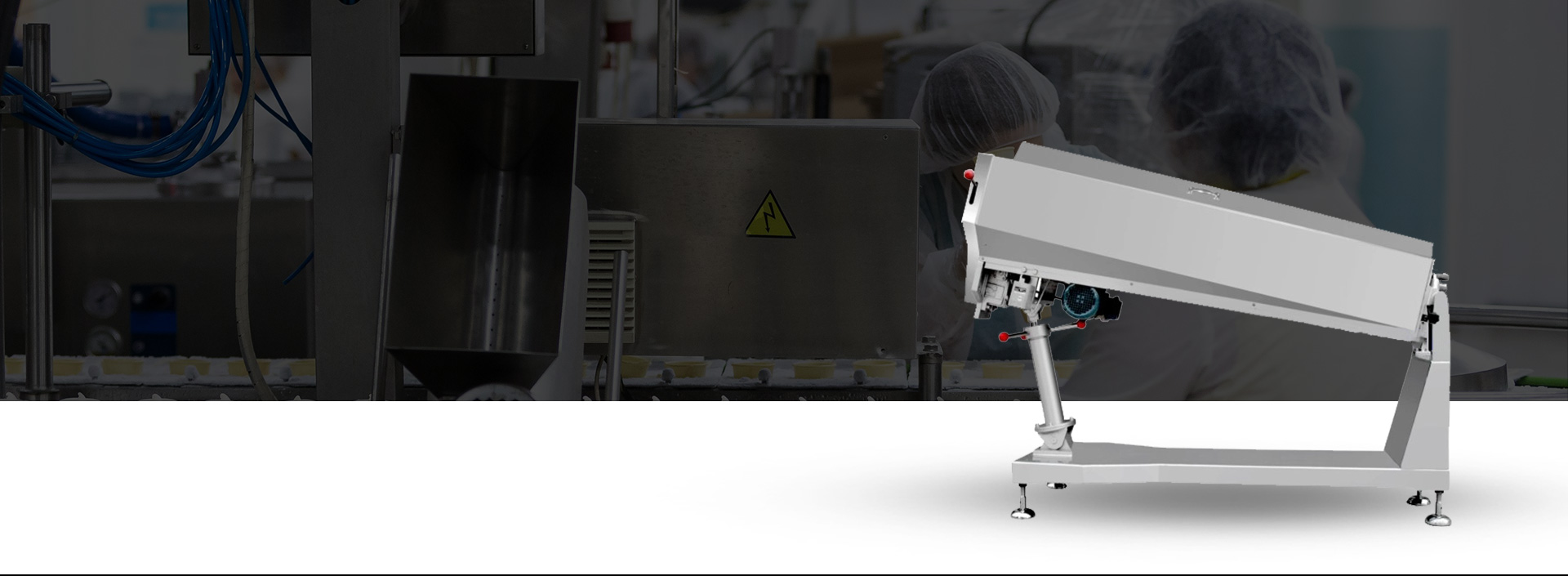
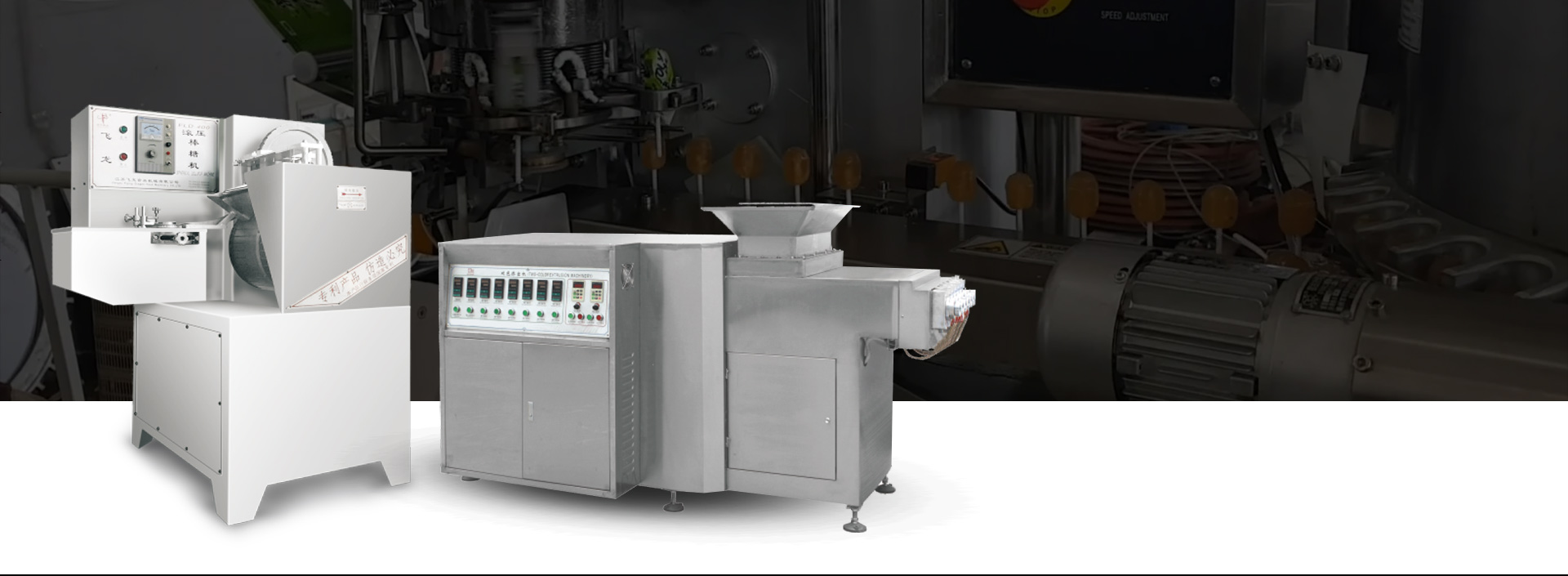
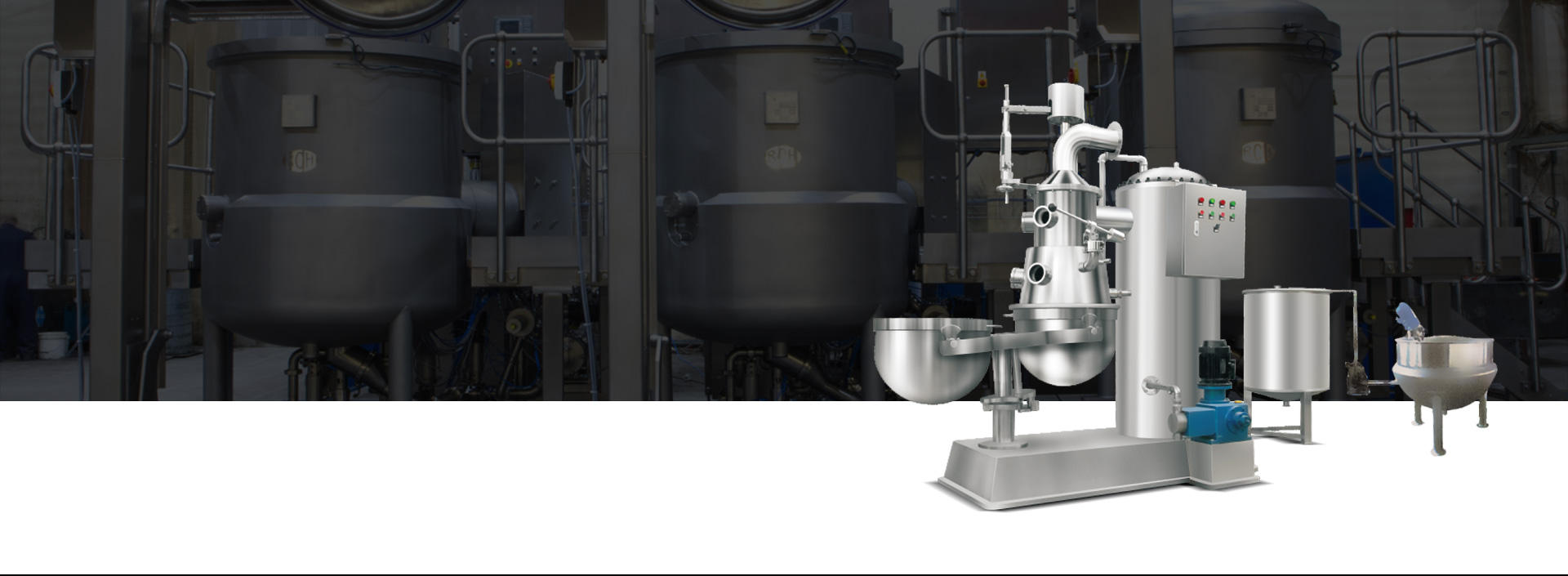

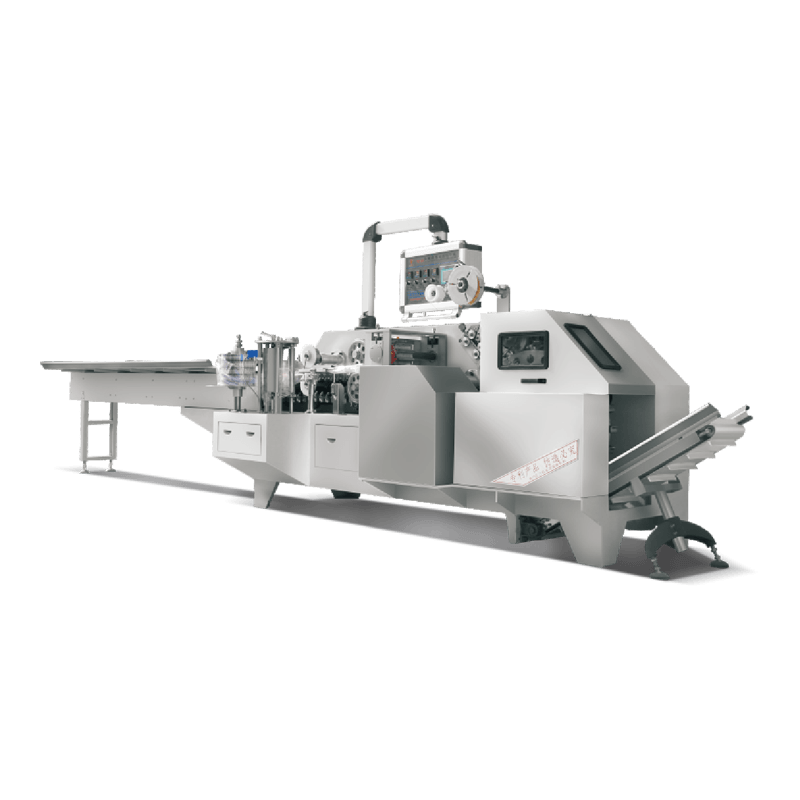
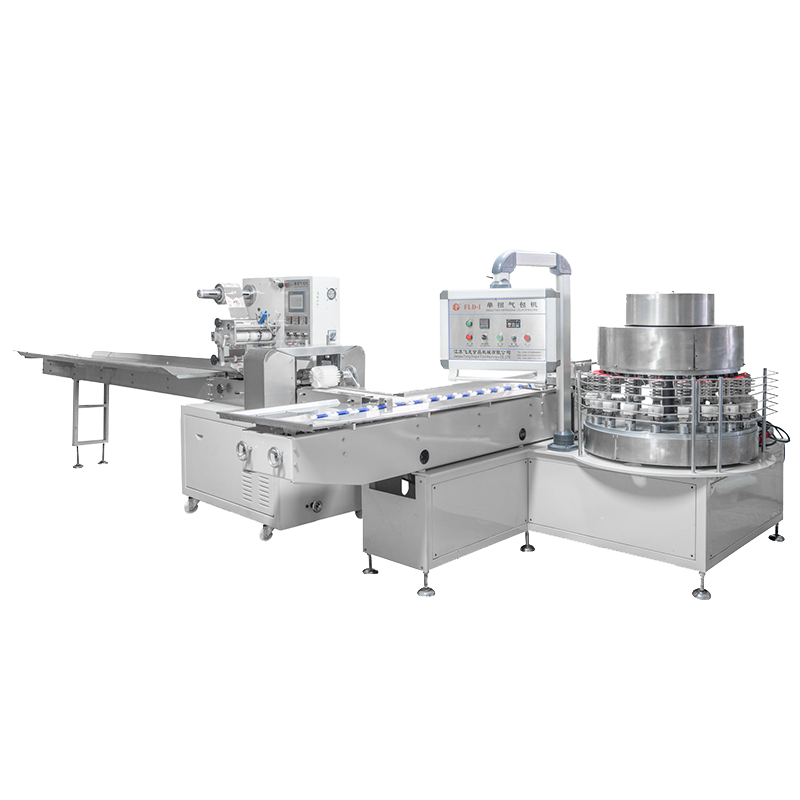

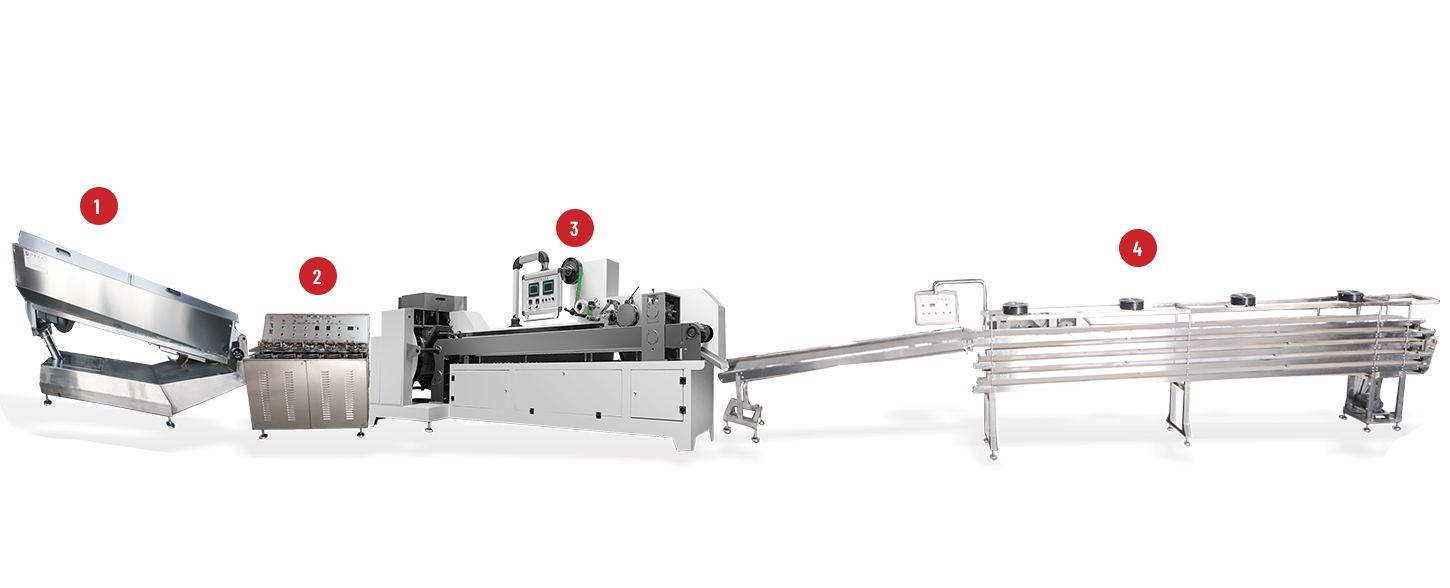
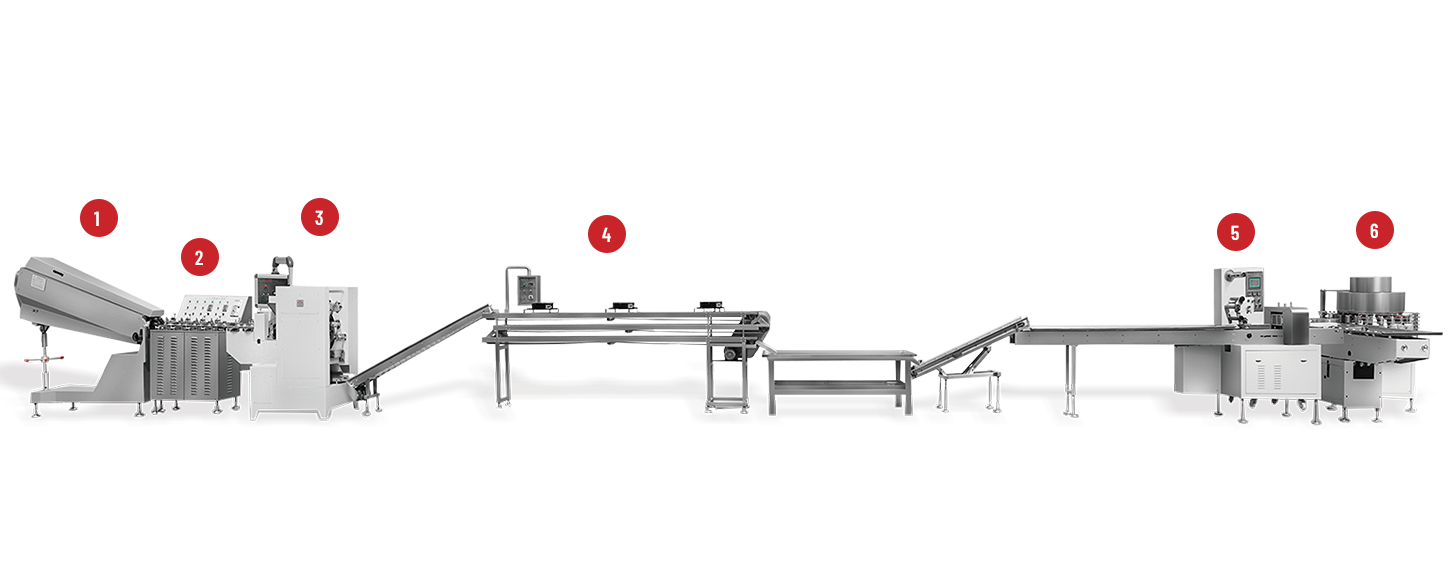
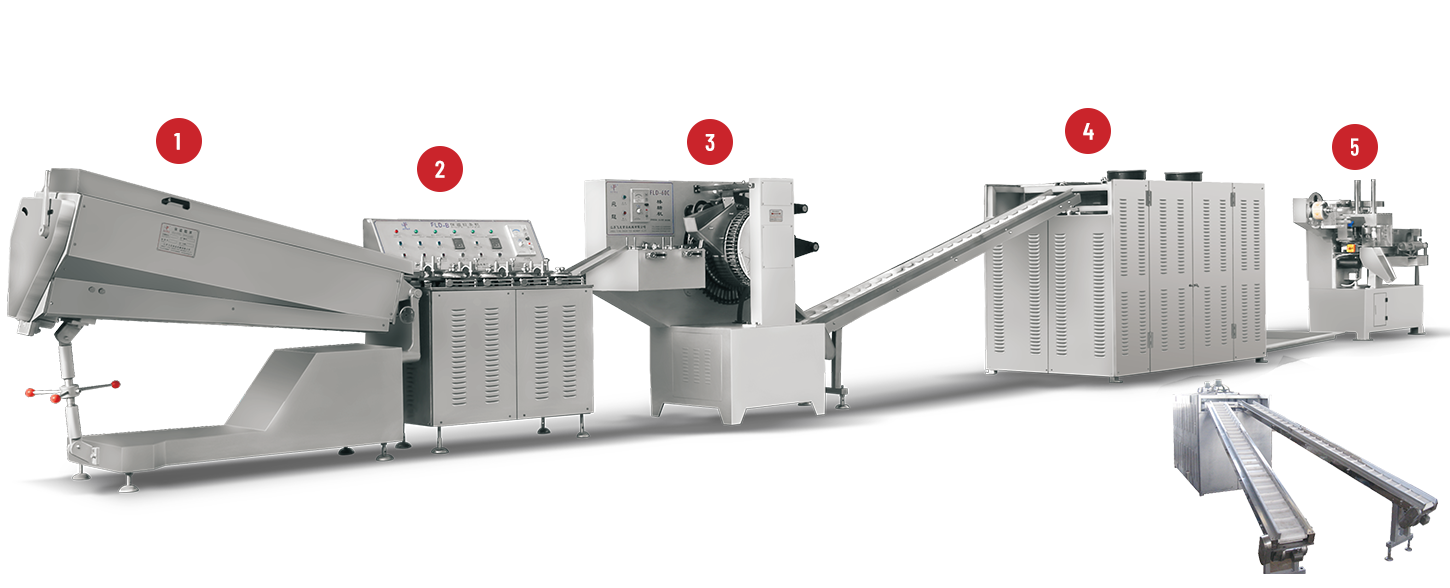
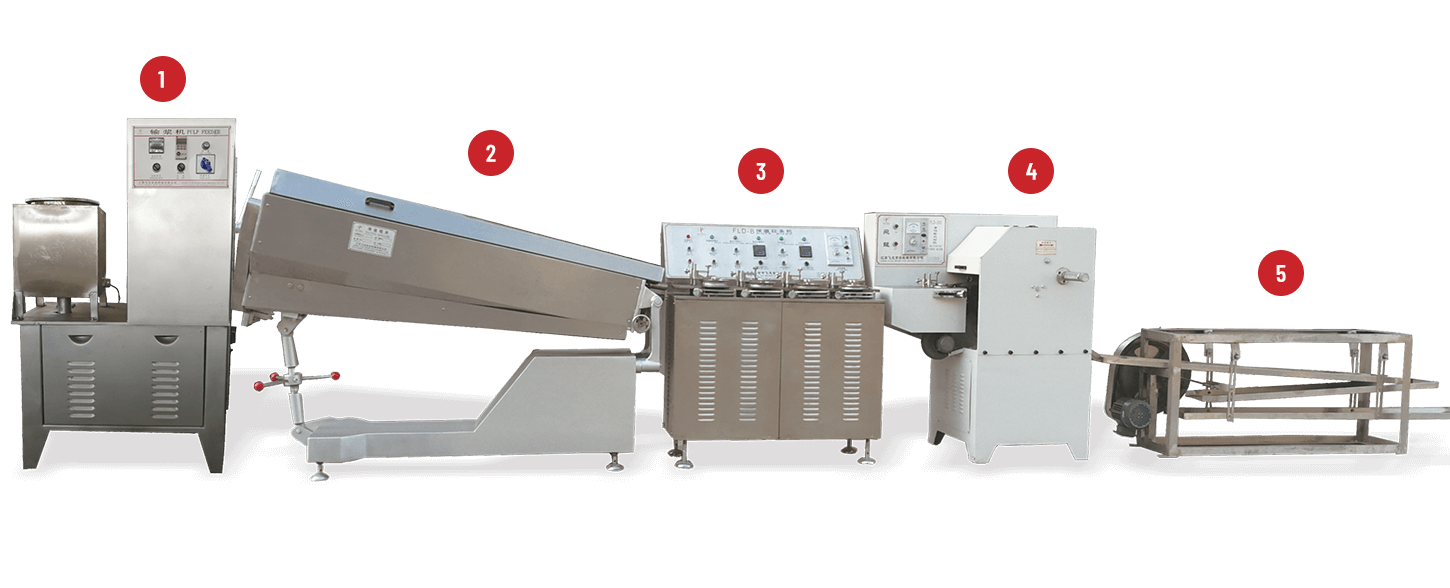
 +86-(0)515-8465666
+86-(0)515-8465666 +86-(0)515-85566996
+86-(0)515-85566996 +86-138 1559 9708
+86-138 1559 9708 flyloong@flyloongcn.com
flyloong@flyloongcn.com 
 Home
Home